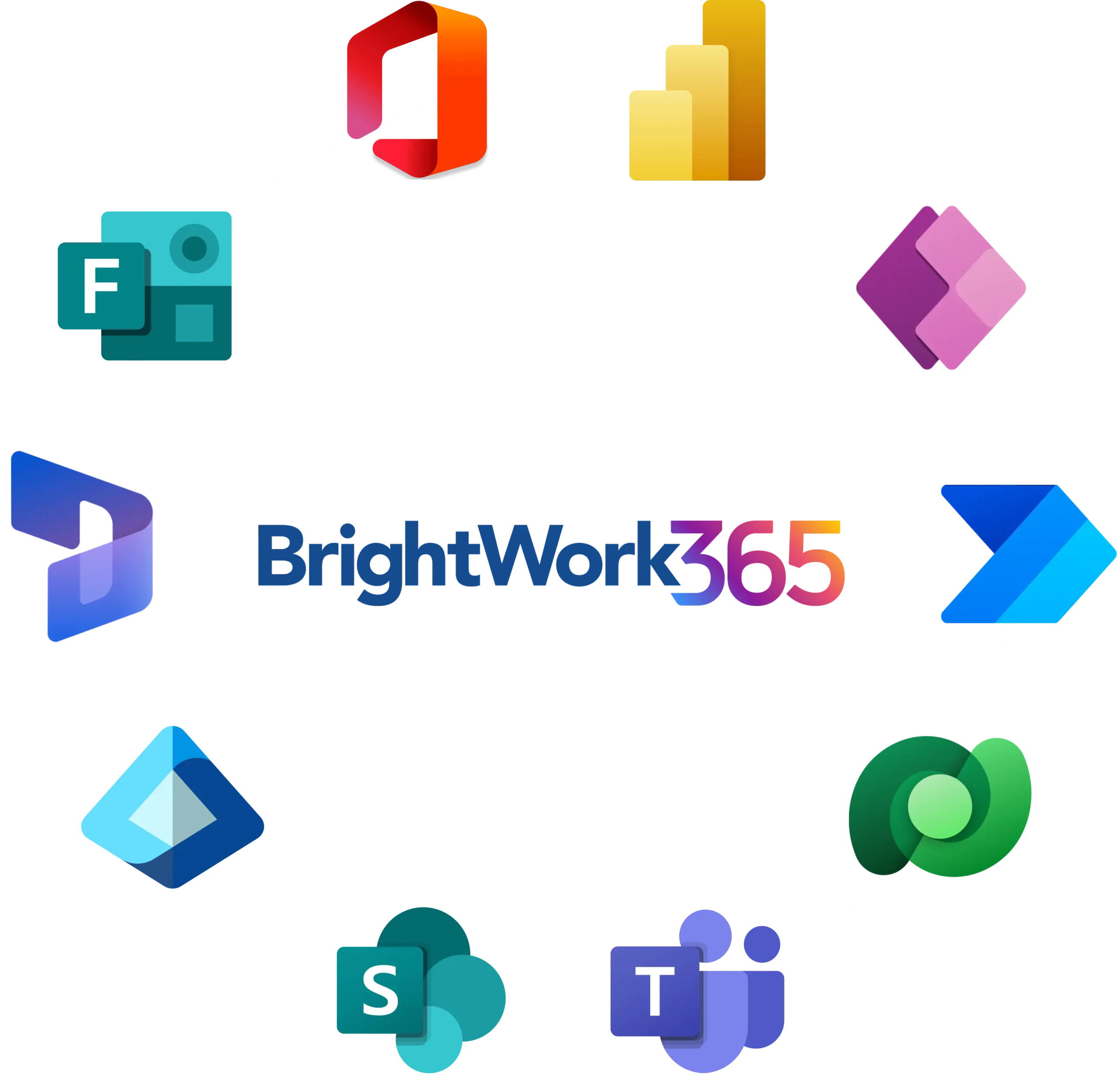What is Project Risk Management?
Project risk management is a vital element of project portfolio management (PPM). It identifies, analyzes, and responds to risks throughout a project’s lifecycle.
Effective risk management enhances project success by addressing potential threats and leveraging opportunities. Mastery of risk management is vital for project managers and integral to PPM software.
What are Project Risks?
Project risks are uncertain events or conditions that can affect a project’s objectives positively or negatively. They may stem from various sources, including financial volatility, project failures, legal issues, accidents, or natural disasters.
These risks give project managers an opportunity to plan and prepare, reducing their potential adverse effects on the project.
Types of Project Risks
Project risks can be broadly categorized into two types: known risks and unknown risks.
- Known risks are identified risks that can be planned for, such as scope changes or budget overruns. They can be anticipated and addressed through risk management strategies.
- Unknown risks are unforeseen risks, such as natural disasters or sudden shifts in market conditions. They are not predictable but must be managed as they arise.
Another way to categorize project risks is by their potential impact on the project. Some risks may have a minor impact, while others may have a major impact. A risk’s potential impact is often determined by its probability of occurrence and the severity of its consequences.
Manage Projects with Microsoft 365, Power Platform, and Teams
Collaborate seamlessly from anywhere, with BrightWork 365 and Microsoft Teams

How the Project Risk Management Process Works
The Project Risk Management Process involves identifying, analyzing, responding to, and monitoring risks. It ensures that potential project threats and opportunities are managed throughout the project lifecycle.
Risk Identification
Risk identification is the initial step, focusing on recognizing potential risks that could impact project objectives. Techniques like brainstorming, expert judgment, and risk breakdown structures help compile a comprehensive list of possible risk events.
Risk Analysis
Risk analysis assesses the likelihood and impact of identified risks, guiding risk prioritization. Both qualitative and quantitative risk analysis methods can be used. This step helps project teams evaluate performance risk, schedule risk, and other potential risk events to determine their significance and plan appropriate responses.
Risk Response Planning
Risk response planning involves creating strategies to address identified risks. The primary strategies include avoiding, transferring, mitigating, or accepting risks. The chosen approach depends on risk tolerance, the severity of individual risks, and project objectives, ensuring effective risk management aligned with the overall project scope.
Risk Monitoring and Control
Risk monitoring and control is an ongoing process that ensures risks are continuously tracked and managed. This includes updating the risk register, monitoring residual risks, and adjusting risk management strategies.
Does PPM Software Assist in Project Risk Management?
PPM (Project Portfolio Management) software enhances project risk management by offering structured tools and features that streamline risk identification, analysis, response planning, and monitoring throughout the project lifecycle.
Benefits of Using PPM Software for Project Risk Management
PPM software significantly improves the effectiveness of project risk management by offering various advantages:
- Provides a unified platform for recording and tracking all risks, improving visibility and risk management strategies.
- Supports both qualitative and quantitative risk analysis, enabling precise evaluation and prioritization of risks.
- Facilitates the development of risk mitigation strategies, helping project teams respond to risks efficiently.
- Works alongside other project management software, enhancing the overall management of common project risks and project objectives.
- Enables continuous tracking of risks and the effectiveness of implemented responses, ensuring proactive risk management.
- Improves communication among project teams and stakeholders, fostering a risk-aware culture and shared responsibility in risk management.
Choosing the Right PPM Software for Project Risk Management
Selecting appropriate PPM software is essential for effective project risk management and involves careful consideration of key factors:
- Ensure the software includes comprehensive risk management tools, such as risk assessment, risk matrix, and risk tracking capabilities.
- Opt for software that is user-friendly and accessible, promoting adoption among team members and stakeholders.
- Choose software that integrates well with existing project management software to maintain workflow continuity.
- Consider the software’s ability to scale with the size and complexity of your projects, supporting both small and large project teams.
- Evaluate the software’s pricing against its features, ensuring it aligns with your organization’s budget without compromising on essential functionalities.
Risk and Reward
Effective project risk management is essential for the successful execution of any project. This process requires identifying, analyzing, and responding to risks potentially disrupting project objectives.
Project managers can significantly improve the chances of achieving desired outcomes by accurately assessing and addressing these risks.
Equally important is the selection of the right Project Portfolio Management (PPM) software. An appropriate PPM software provides essential risk assessment, tracking, and mitigation tools, facilitating a structured approach to managing project risks.
When chosen carefully, PPM software enhances the efficiency and effectiveness of risk management strategies, ultimately contributing to the project’s overall success.
Manage Projects with Microsoft 365, Power Platform, and Teams
Collaborate seamlessly from anywhere, with BrightWork 365 and Microsoft Teams.
